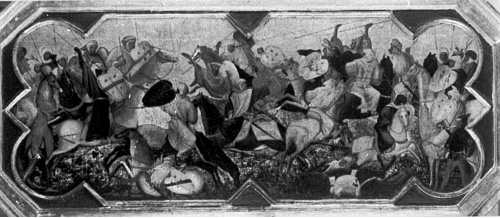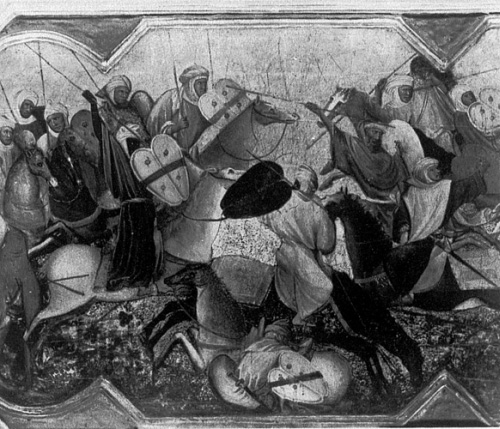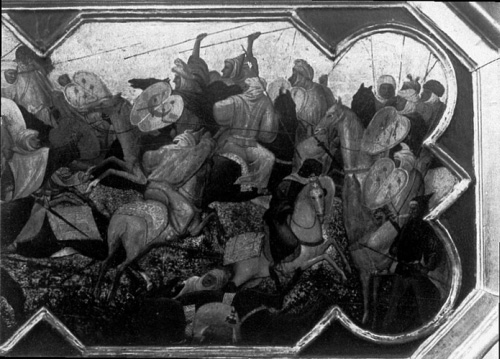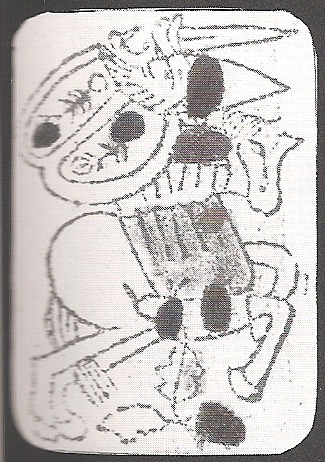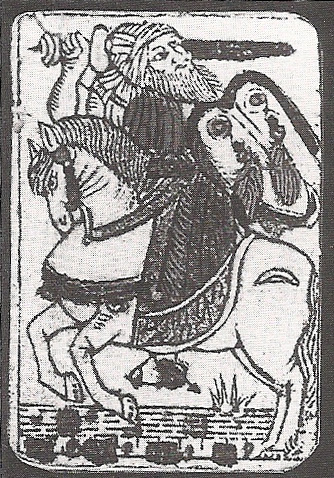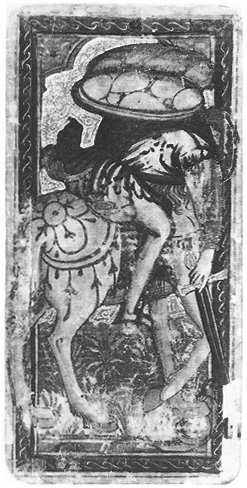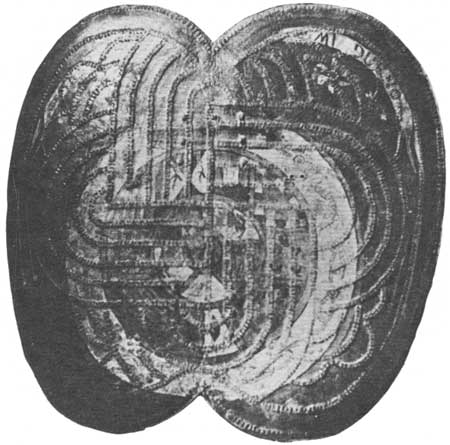Ross G Caldwell
Hi Michael,
Thanks for your clarifications and citations. I've found a PDF of Didron "Iconographie chrétienne. Histoire de Dieu" (if that isn't inspiring enough for you) at
http://gallica.bnf.fr/ark:/12148/bpt6k114544z
I'll enjoy it, I'm sure.
It seems as if Christian iconologists of that caliber had taken on tarot earlier - (could they have?) - we could have had a much better appreciation of its origins now.
By my caveat, I mean all those things that earlier generations of scholarship overlooked about popular culture, including games. They looked at churches, ideas, and illuminated manuscripts (as much as they could). When all the big stuff got exhausted, we are left with the dregs. But the dregs are proving to be the most interesting, not least because they are still with us, while the age of the cathedrals is not.
Now ironically we look through their lives' work to find clues to our current fascinations, hoping to find in them insights about what they considered far beneath their dignity to think about, if they even knew about or considered them.
(of course I have to qualify those thoughts... Didron couldn't have considered tarot as an expression of popular ideas of the time, not because tarot already had an occult reputation (which it probably didn't in his day), but because not enough was known about the history of playing cards, and because the very idea of popular culture (as I alluded to above), at least as an object of proper historical study, was unknown (folklore study itself was just getting started). It was in the hands of a few "savants", of historical and/or occultist bent, and remained so until 1980)
Best regards,
Ross
Thanks for your clarifications and citations. I've found a PDF of Didron "Iconographie chrétienne. Histoire de Dieu" (if that isn't inspiring enough for you) at
http://gallica.bnf.fr/ark:/12148/bpt6k114544z
I'll enjoy it, I'm sure.
mjhurst said:P.S. Adolphe Napoléon Didron, BTW, was essentially the forerunner of Emile Male in terms of Christian iconography, and there is a fair amount of info about him online.
It seems as if Christian iconologists of that caliber had taken on tarot earlier - (could they have?) - we could have had a much better appreciation of its origins now.
By my caveat, I mean all those things that earlier generations of scholarship overlooked about popular culture, including games. They looked at churches, ideas, and illuminated manuscripts (as much as they could). When all the big stuff got exhausted, we are left with the dregs. But the dregs are proving to be the most interesting, not least because they are still with us, while the age of the cathedrals is not.
Now ironically we look through their lives' work to find clues to our current fascinations, hoping to find in them insights about what they considered far beneath their dignity to think about, if they even knew about or considered them.
(of course I have to qualify those thoughts... Didron couldn't have considered tarot as an expression of popular ideas of the time, not because tarot already had an occult reputation (which it probably didn't in his day), but because not enough was known about the history of playing cards, and because the very idea of popular culture (as I alluded to above), at least as an object of proper historical study, was unknown (folklore study itself was just getting started). It was in the hands of a few "savants", of historical and/or occultist bent, and remained so until 1980)
Best regards,
Ross

